10 Best Patricia Highsmith Books
Aug 29, 2014
Joan Schenkar is the author of the must-read biography The Talented Miss Highsmith: The Secret Life and Serious Art of Patricia Highsmith, a New York Times Notable Book. With the release of the new movie, The Two Faces of January, based on Highsmith's novel, we asked Schenkar to rank the best of the author's books.
"It is impossible," wrote Patricia Highsmith (1921-1995), the Dark Lady of American Letters (and double trouble for a biographer) "for me to live from day to day without putting myself to a judgement…"
And so, five to seven sheets of finished fiction rolled from the platen of her coffee-colored Olympia Deluxe portable typewriter every morning; the keys detonating like little pistol shots under her huge hands.
She typed each page twice--for neatness, she said (her inner chaos required a Head Librarian's habits)--channeling the news she brought back from the ends of her nerves into the booby-trapped plots, double-gated psychologies, and reflective "realities" of her nearly 30 published volumes of fiction. She produced an iconic character in The Talented Mr. Ripley, but the hundreds of raspingly acute portraits of quietly transgressive acts punctuating her other novels have added a new terror to "mid-century modern."
Her great invention was Highsmith Country, the Alternate Earth where all her detail-saturated fictions are set. There, good intentions corrupt naturally; guilt afflicts the innocent; pursuit is everywhere; identities, genders, and genres are undermined; and life is a suffocating trap from which even her most accomplished escape artists cannot find a graceful exit.
Filmmakers have been strip-mining her novels for decades, unable except in three or four instances to crack her codes. Even the masterpiece Alfred Hitchcock made of her own masterpiece, Strangers On a Train, couldn't quite face the quintessential Highsmith Situation: two men bound together by a stalker-like fixation which always involves a murderous, implicitly homoerotic fantasy.
Hossein Amini's new film of The Two Faces of January is an exception: better than its eponymous novel because it fracks the work (which writhes uncomfortably in over-complicated coils) for a Noir plot, a damaging Highsmithian premise, and some stylish period smoking. But even Pat's excesses compel for their obsessions: murder is always on her mind and she always confuses it with love.
Here, in publication order, are some of Pat Highsmith's–and the twentieth century's--most delinquently original novels. They've haunted me for years.
1. Strangers on a Train (1950) - This remarkable debut novel takes Pat's double-indemnifying nugget–strangers who agree to exchange murders and "get away with it"–and settles it on Guy Haines, a brilliant architect whose moody purity invites corruption, and Charles Bruno, a psychopathic, subliterate mastermind who yearns to join him. In their tranced, mutual, psychological seduction, these Terrible Twins vacate their characters, mingle their identities, and misdirect their pursuers in as thorough an anatomy of guilt as can be found in modern literature.
2. The Price of Salt (as Claire Morgan, 1952) - Pat, who died for love a thousand times in life, killed for it in every novel except this one. But murder is in the brilliant metaphors, and the richly-figured language borrows elements from Strangers and subdues them to requited lesbian love--the only "crime" she never wrote about.
Salt glows with a luminous halo of incest, a little light pedophilia, and sexual consummations that are spied upon, recorded, and prosecuted. But Carol and Therese, its steely, attractive,successful heroines, get away with their "crime" in a fascinating novel that made its author uneasy all her life.
3. The Blunderer (1954) - With her adept's feel for sado-masochistic relations, Pat focused this unusual work on role reversals. When slim, anglified Walter Stackhouse blunders in on fat, foreign Otto Kimmel's wife-murder and is infected by it, they become each other's unlikely Alter Egos; sharing the sluggish libidos and ambiguous affections Highsmith gives to all her male characters. Walter implicates himself in a crime he hasn't committed, kills the wrong man, and blunders into his own death in a pursuit stranger than fiction.
4. The Talented Mr. Ripley (1955) - My candidate for the Great American Novel--and Highsmith Country's best known ambassador. Tom Ripley, a socially sinuous, fragilely-gendered serial killer/forger/fraudster/identity impersonator, shares his confusion of love and murder and his passion for “the best” in life with his author. When Pat turned the plot of Henry JamesThe Ambassadors upside down to give Ripley a handsome, poised, trust-funder to reclaim from Europe (Tom kills Dickie Greenleaf instead of kissing him, then assumes his identity), she infused her favorite sociopath with her own, special interpretation of the American Dream.
5. Deep Water (1957) - A brilliantly uncomfortable novel whose resident psychopath, Vic Van Allen, refuses sex, cooks and cleans his family home wearing an apron, takes care of his child, murders two of his wife's lovers, and–he's a completist–kills his wife as well. His major excitements: observing the slow copulations of his companion snails, allowing his pet bedbugs to draw his blood, and fostering rumors that he's a killer avant la lettre.
6. This Sweet Sickness (1960) - One of Highsmith's most interesting novels, this is the story of a psychopath who creates a double identity and two addresses to match it. He builds a house for (and an entirely imaginary relationship with) the woman who obsesses him--then steps out of his dream to murder her husband.
An unusually vivid scene: William Neumeister walks into Romeo Salta's in Manhattan and orders two complete Italian dinners: one for himself, and one for the woman only he can see.
7. The Cry of the Owl (1962) - After a bruising marriage (and as hesitant to sleep with the opposite sex as any other Highsmith male), Robert Forester becomes a reluctant, gentle stalker whose "innocent" act of voyeurism brings a vengeful pursuer (and a vengeful ex-wife) to haunt him, and catastrophe and death to everyone he knows. Pat's most spectral novel.
8. The Tremor of Forgery (1969) - What happens to a writer–decent, indecisive Howard Ingam from Greenwich Village (for once, not a psychopath)--when he finds himself in North Africa without known customs or a familiar language? One thing that happens: moral codes and violent acts become meaningless and Howard throws a duplicate of Pat's own typwriter at a thief (her pleasure in this is palpable) and kills him.
9. Ripley Under Ground (1970) - Like other shortcuts to transformation, forgery fascinated High smith; under the surface of this second Ripley novel is a credible aesthetic argument in favor of forged art. Ripley, married now to an heiress (her golden hair reminds him of money) but preferring the company of criminal males, is involved in an international forgery operation which requires him to impersonate a dead artist, murder an art collector (with a bottle of vintage wine), and dispose of the corpse of his favorite forger. "I'm afraid to say how much I like it," Pat wrote. I like it too.
10. Pat's ambivalence is contagious: here are three novels whose style sometimes drives me to kickscreams (the push-broom of her paragraphs sweeps up too many flat facts or ropey plots) but whose themes are riveting. Suspension of Mercy(1965): An American novelist in Suffolk cannot refrain from replacing his life's dullish realities with the homicidal narratives he wants for his work. Those Who Walk Away (1967): Two men, mourning the same suicided woman, seek their own–and each other's--death in Venice. Edith's Diary (1977): A mild-mannered woman slips into madness, horror and homicide, while her diary records a bright life of happy triumphs.
DRAGON
Short Stories


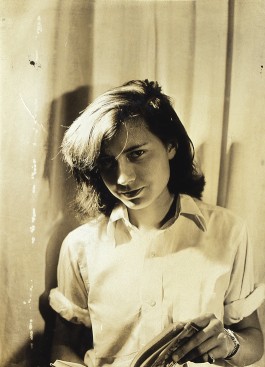
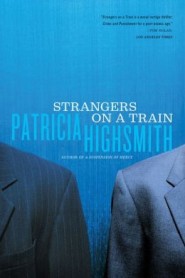
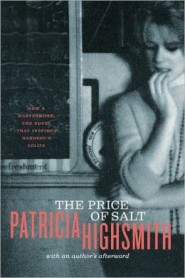
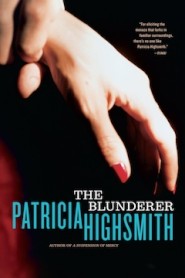
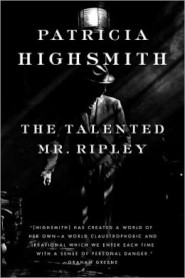
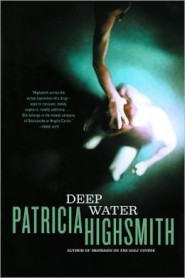
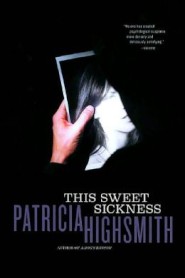
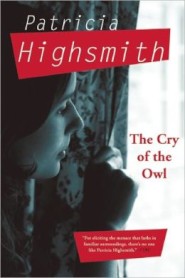
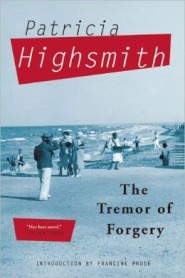
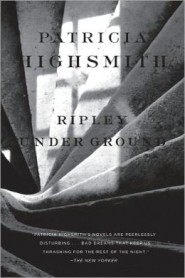
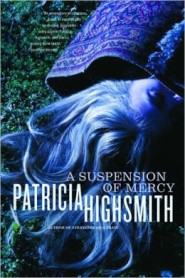
%2B(1).jpg)

No comments:
Post a Comment